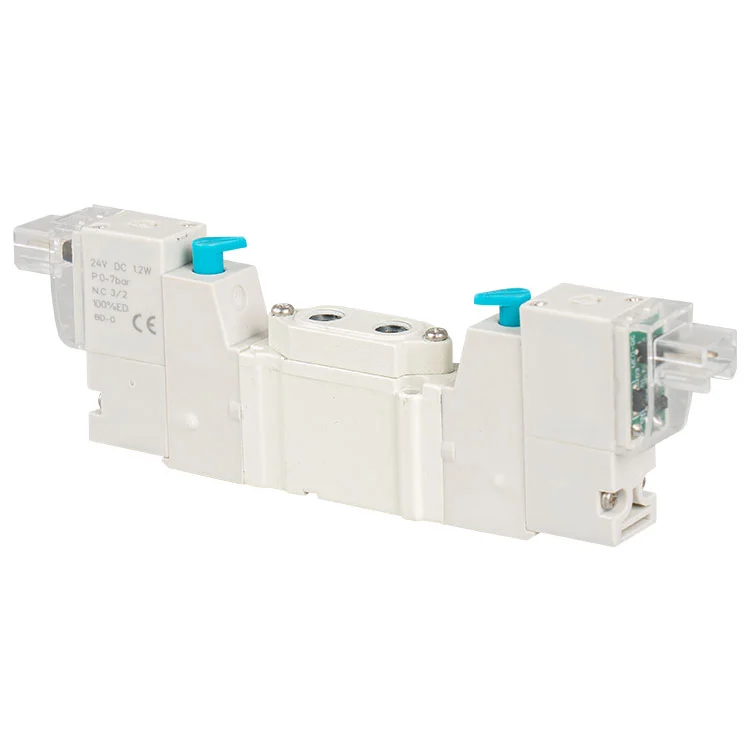What Are Solenoid Valves and How Do They Work?
2025-01-09
Solenoid valves are versatile, electromechanically operated devices used to control the flow of liquids or gases in various systems. Found in industries ranging from automotive to manufacturing and HVAC, solenoid valves play a critical role in automation and process control. But what exactly are they, and how do they function?
What Is a Solenoid Valve?
A solenoid valve consists of two main components:
1. The Solenoid (Electromagnetic Coil): This is the actuator that uses electrical energy to create a magnetic field.
2. The Valve Body: This part houses the mechanical components that control fluid or gas flow.
When an electric current passes through the solenoid, it generates a magnetic field that moves a plunger or armature. This movement either opens or closes the valve, regulating the flow of the medium (liquid or gas).
Types of Solenoid Valves
1. Direct-Acting Valves
These valves directly open or close the flow path when the solenoid is energized. They are suitable for low-flow and low-pressure applications.
2. Pilot-Operated Valves
These use the system's pressure to open or close the valve, requiring less power to operate. They are ideal for high-pressure or large-flow systems.
3. Normally Closed (NC) vs. Normally Open (NO)
- NC: The valve remains closed when no electrical current is applied. It opens when energized.
- NO: The valve stays open without current and closes when energized.

How Do Solenoid Valves Work?
1. Rest State:
In a normally closed valve, the plunger rests against the valve seat, blocking flow. In a normally open valve, the plunger is positioned away from the seat, allowing flow.
2. Energized State:
When an electrical current passes through the solenoid, the magnetic field pulls the plunger or armature, changing the flow state. This could mean opening a closed valve or closing an open one.
3. Return to Rest:
When the current stops, a spring returns the plunger to its original position.
Applications of Solenoid Valves
- Automotive: Used in fuel injection systems and automatic transmissions.
- HVAC: Regulate refrigerant flow in air conditioners.
- Medical Devices: Control fluid delivery in dialysis machines and ventilators.
- Industrial Automation: Manage fluid flow in manufacturing processes.
Conclusion
Solenoid valves are indispensable in modern technology, offering precise and reliable control over fluid and gas flow. Their diverse types and configurations make them adaptable to a wide range of applications, ensuring efficiency and automation in countless systems.


